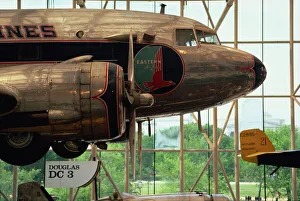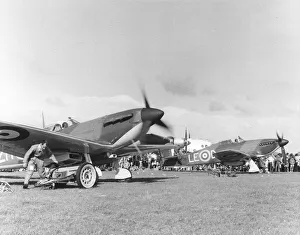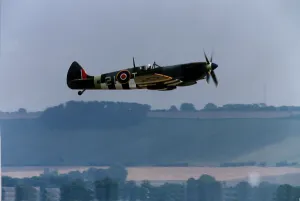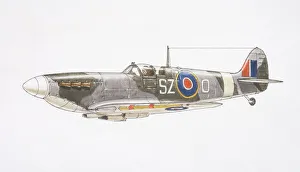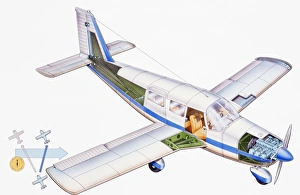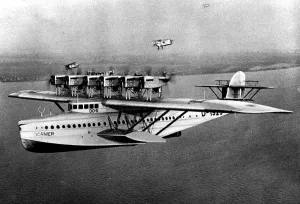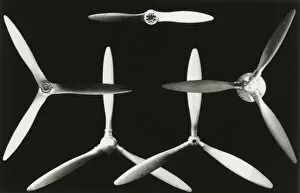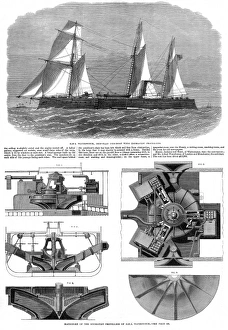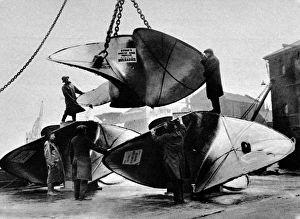Propellors Collection
"Unveiling the Power of Propellers: A Journey Through Aviation History" Step into the National Air and Space Museum, the world's most visited museum
All Professionally Made to Order for Quick Shipping
"Unveiling the Power of Propellers: A Journey Through Aviation History" Step into the National Air and Space Museum, the world's most visited museum, located in Washington D. C. , and prepare to be captivated by the remarkable story behind propellers. These iconic spinning blades have played a pivotal role in shaping our skies. From the mighty Hurricane and Spitfire aircraft that soared through World War II battles with their propellers leading the way, to witnessing the sheer size and strength of the propeller on R. M. S. Queen Mary in September 1934, these mechanical wonders never fail to leave us awestruck. Delve even further back into history as you explore an evocative lithograph capturing HMS Victoria capsizing on June 22nd, 1893 - a chilling reminder of both tragedy and innovation. And who can forget that poignant moment when workmen stood beneath one of Titanic's colossal propellers on May 31st, 1911? A black-and-white photograph frozen in time forever. But it doesn't end there; venture beyond aviation as we take you to Robert Adam's masterpiece - The Temple of Aesculapius from 1764 - where even ancient architecture embraced this symbol of progress. Fast forward to more recent times at Wroughton Airshow on August 31st, 1993 where a Spitfire from RAF Royal Air Force gracefully showcased its power with its sleek design and prominent propeller stealing hearts once again. Whether it's a grey seven-bladed marvel or Charvins Aeroscaphe pushing boundaries underwater, these captivating creations remind us how human ingenuity has conquered new frontiers throughout history. So next time you see a plane taking off or catch sight of those mesmerizing rotating blades overhead – remember that within each revolution lies countless stories waiting to be discovered.

